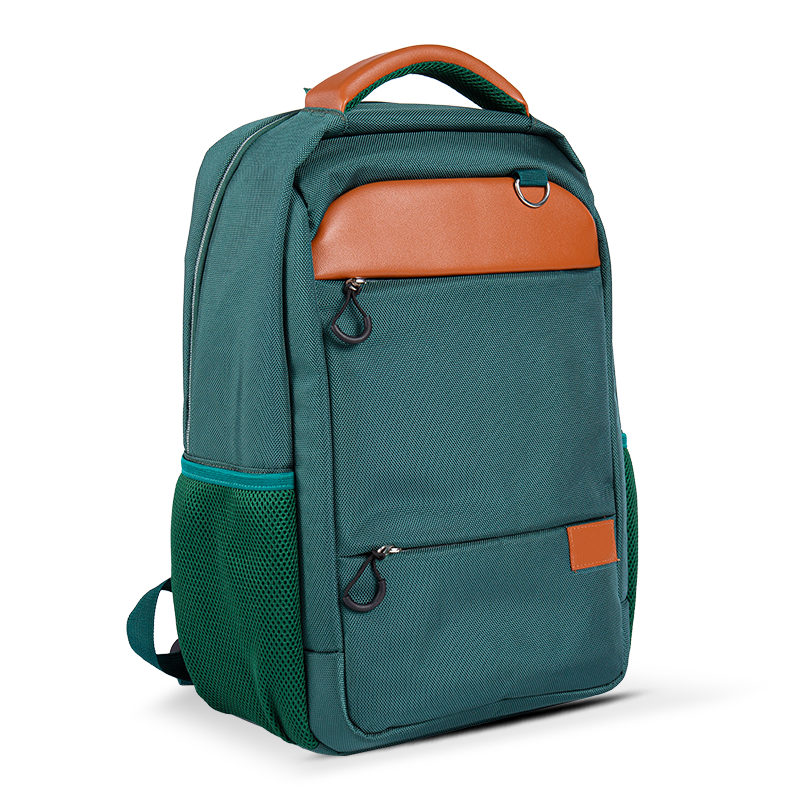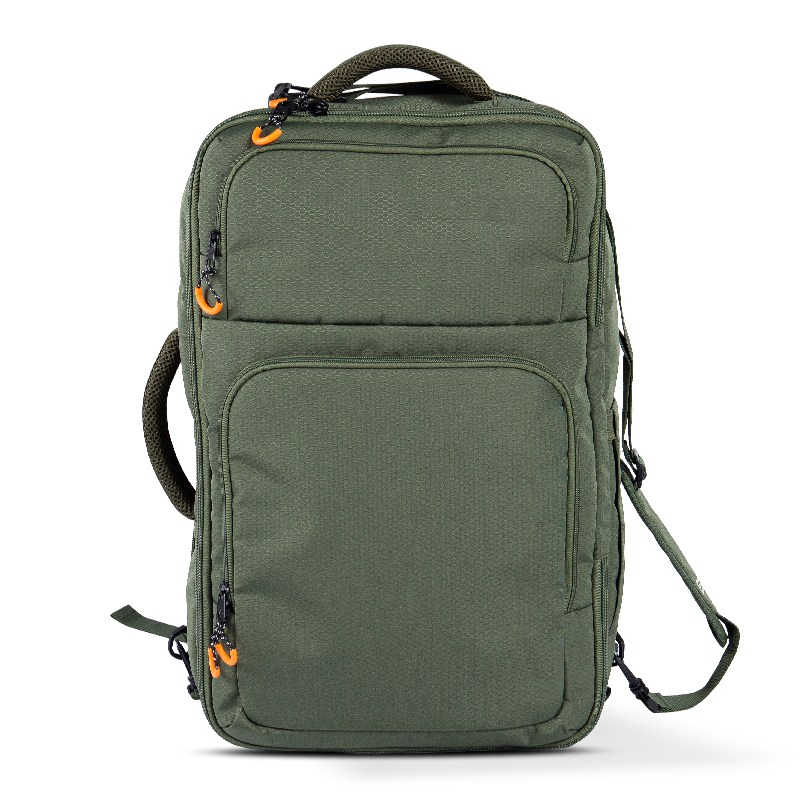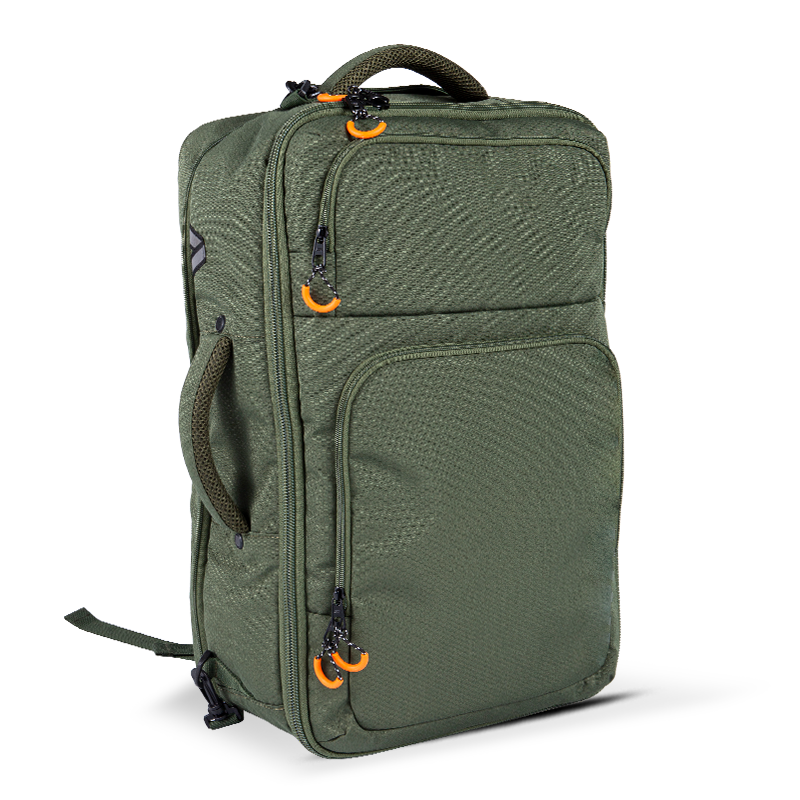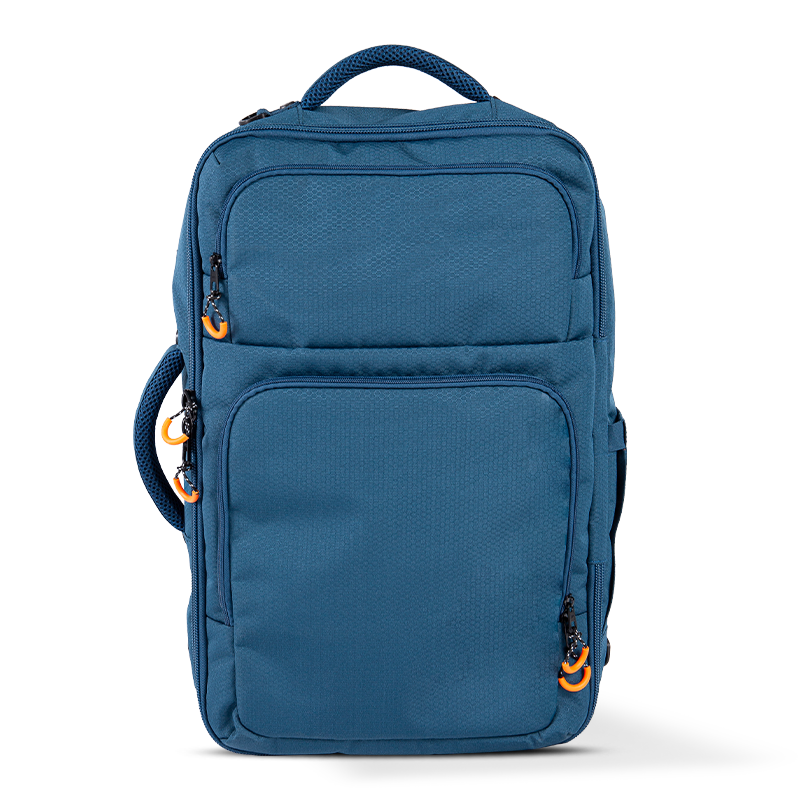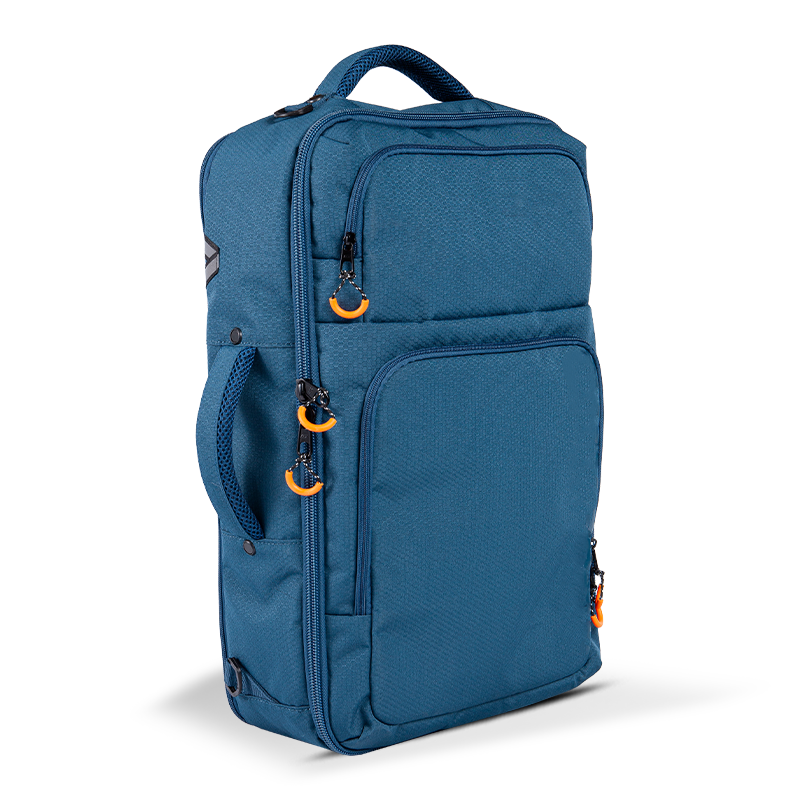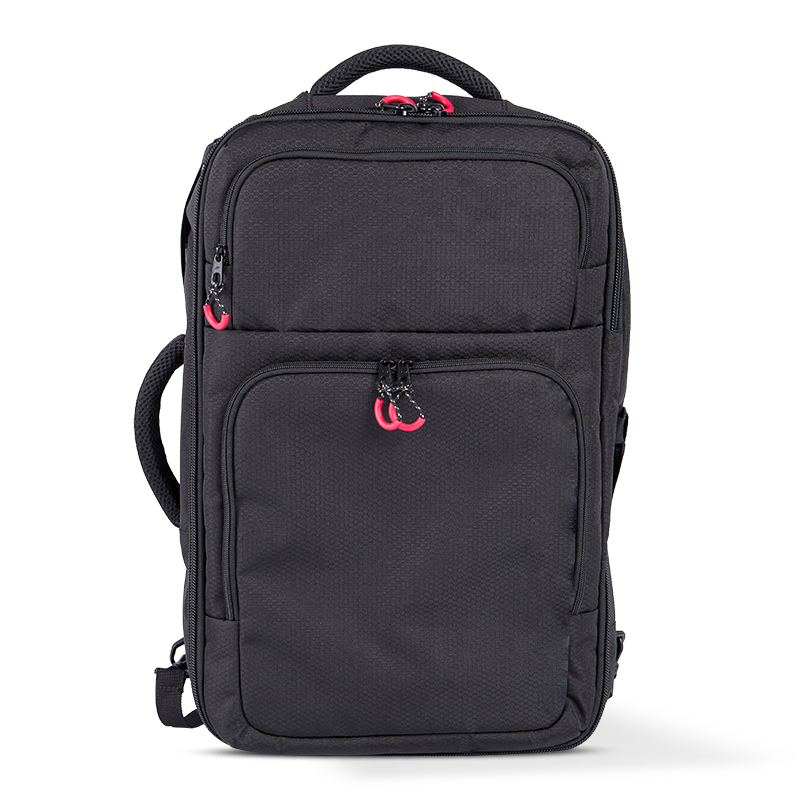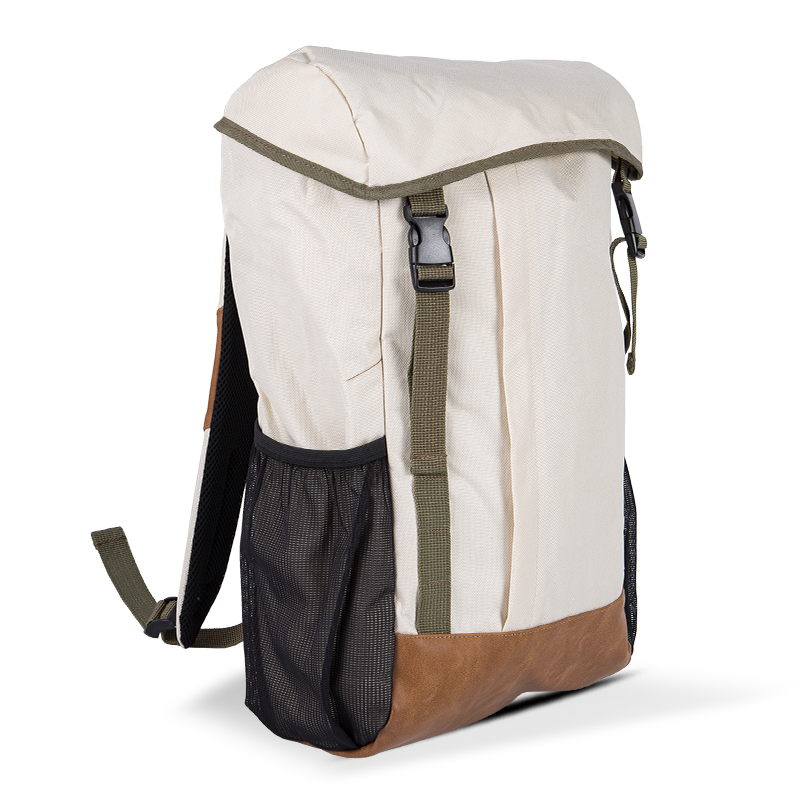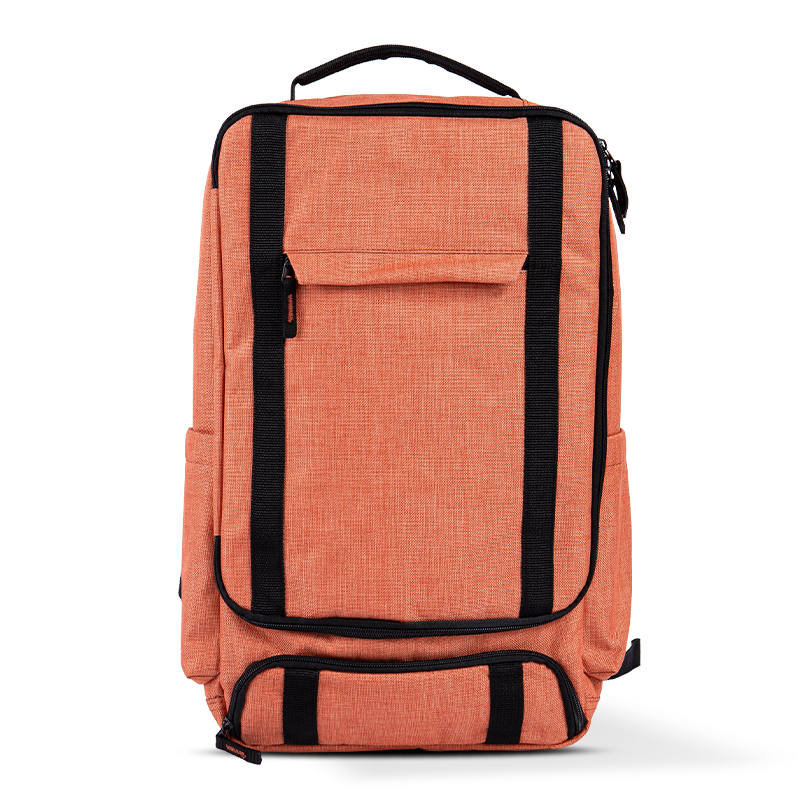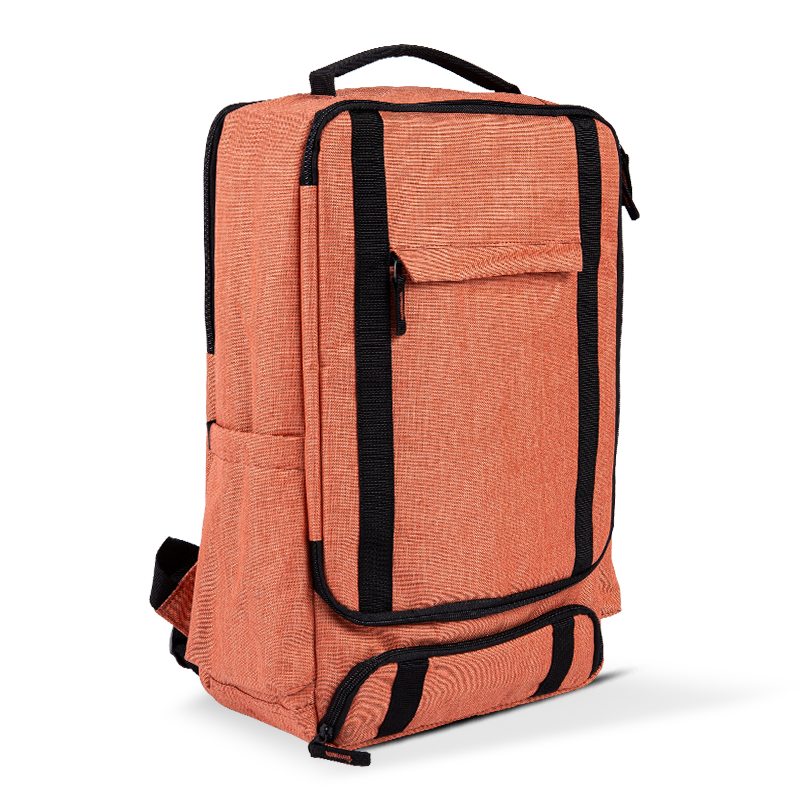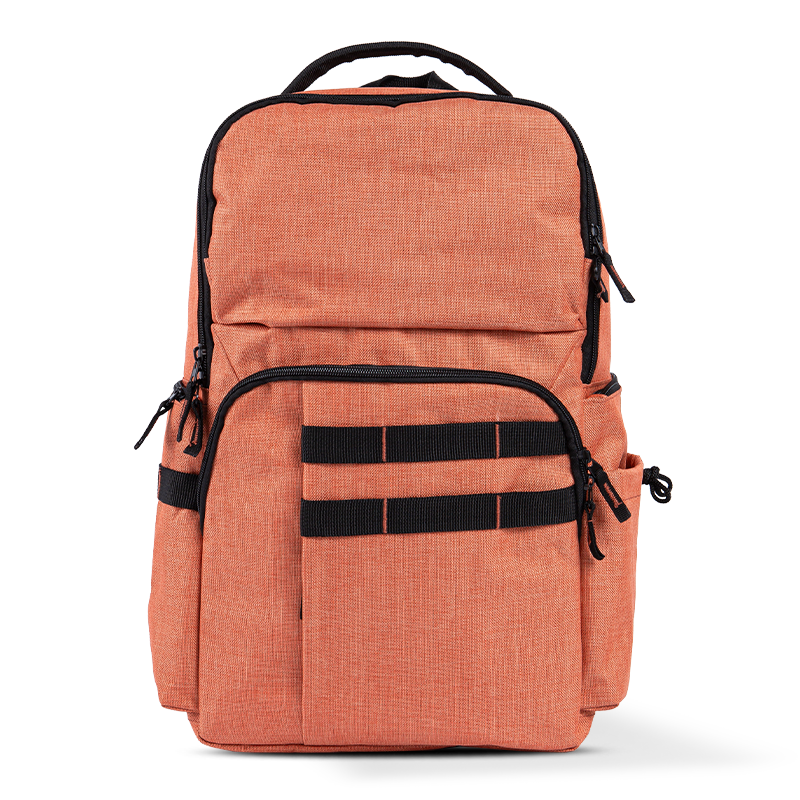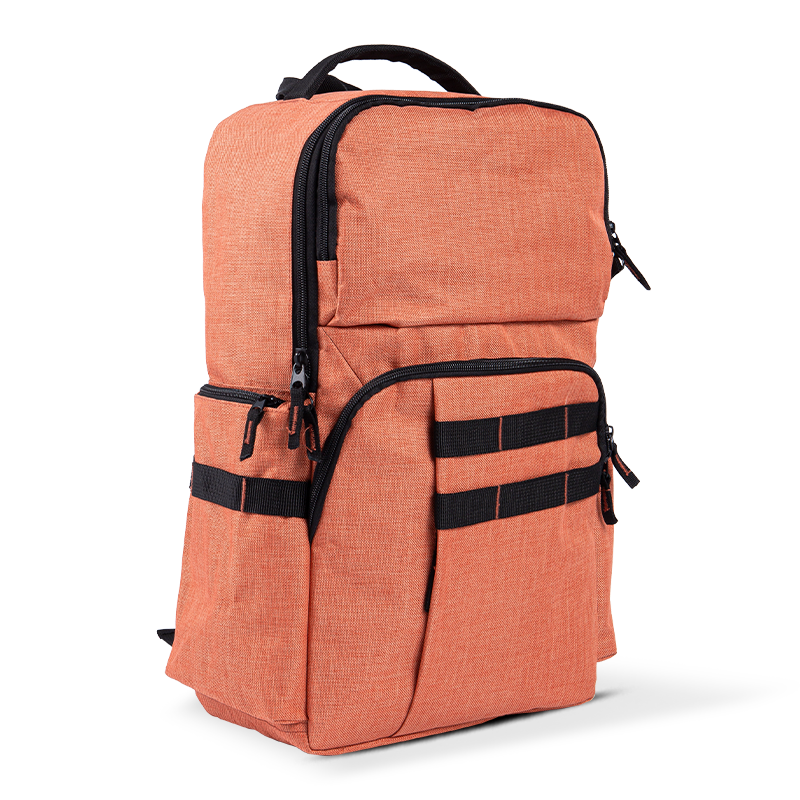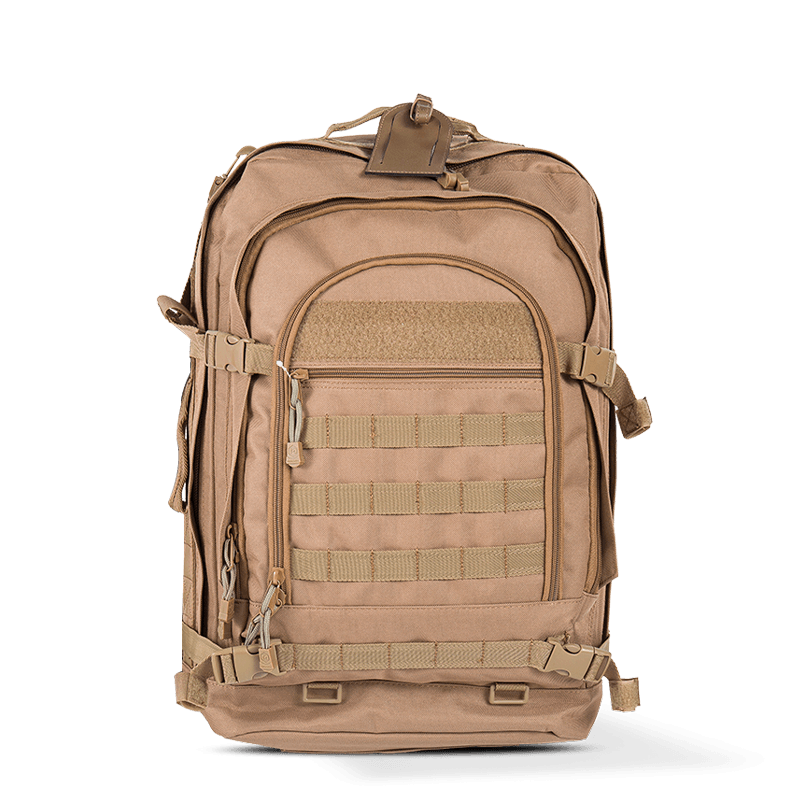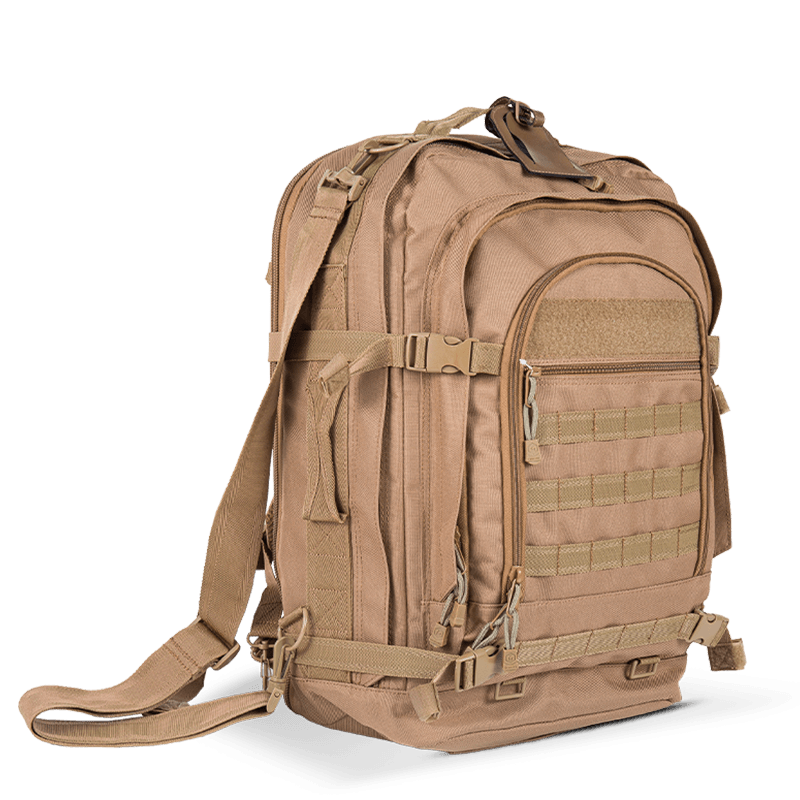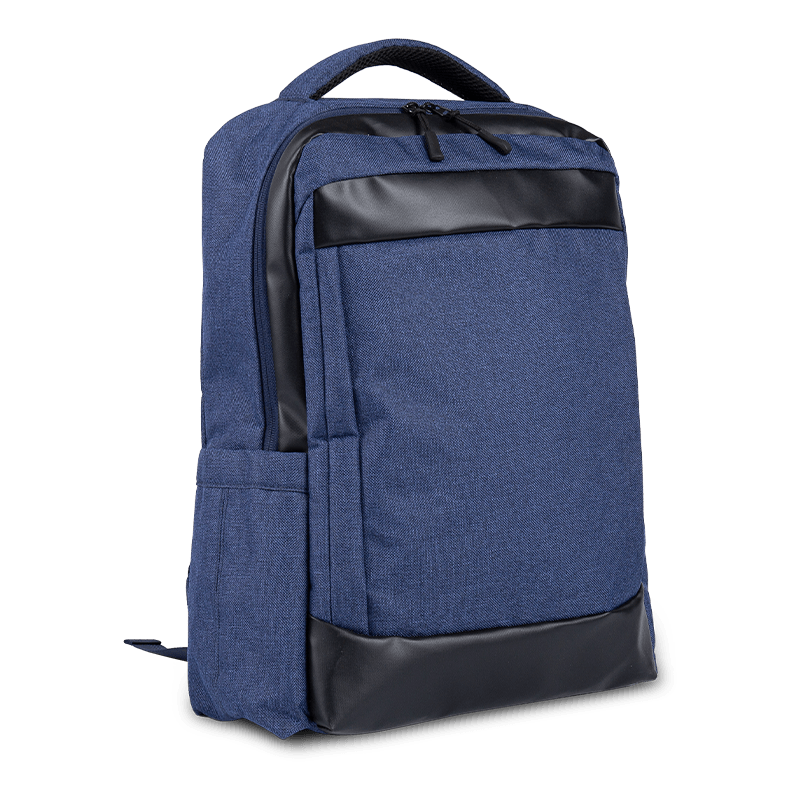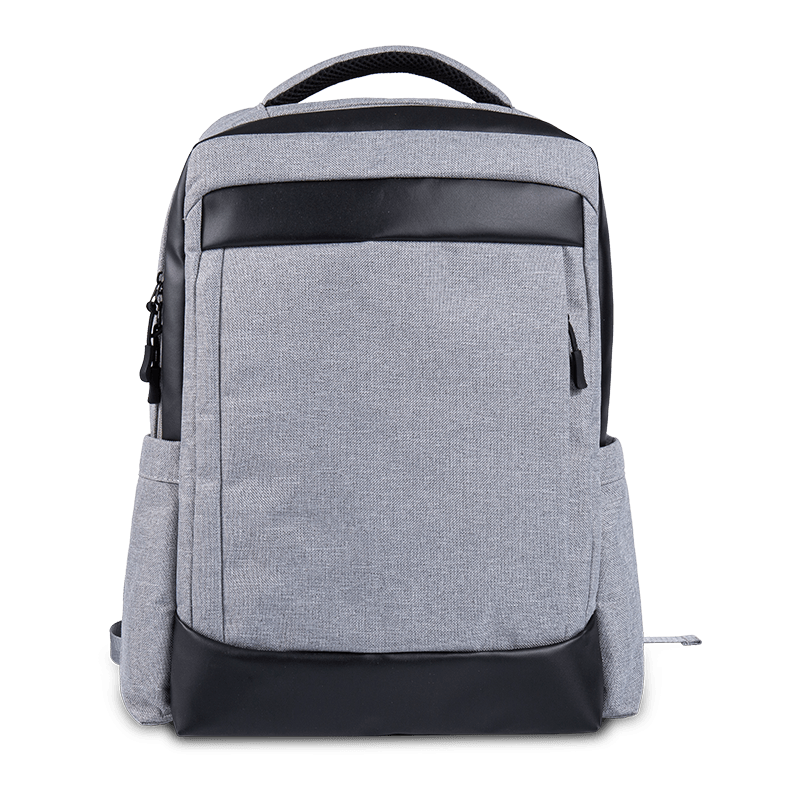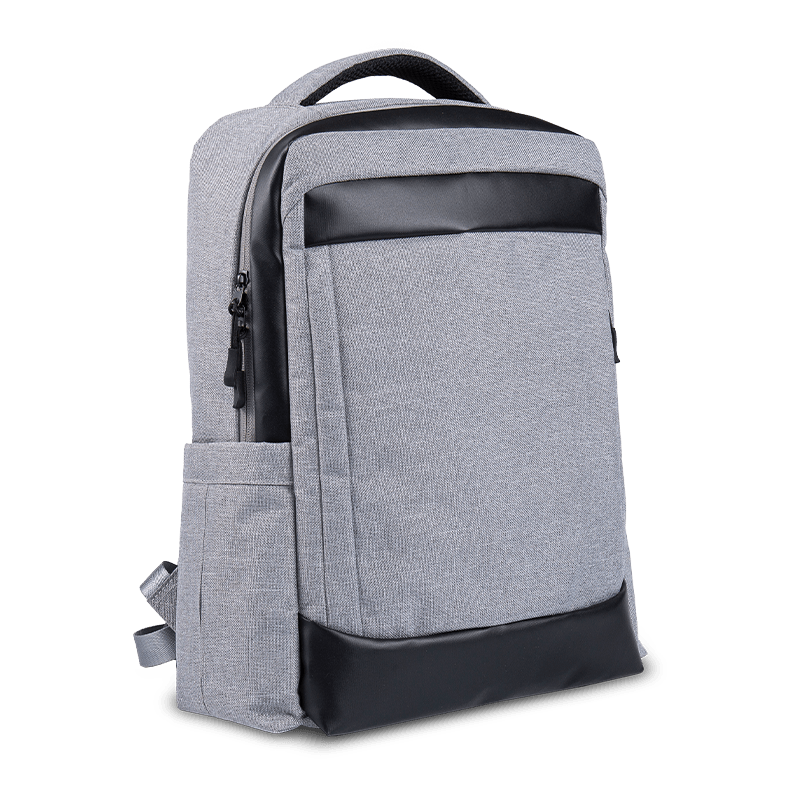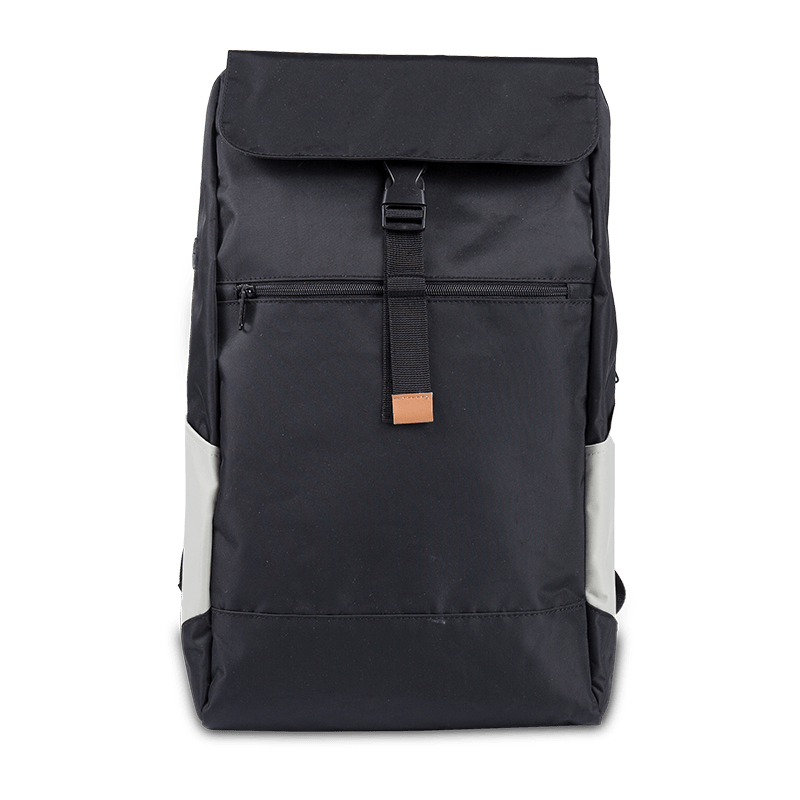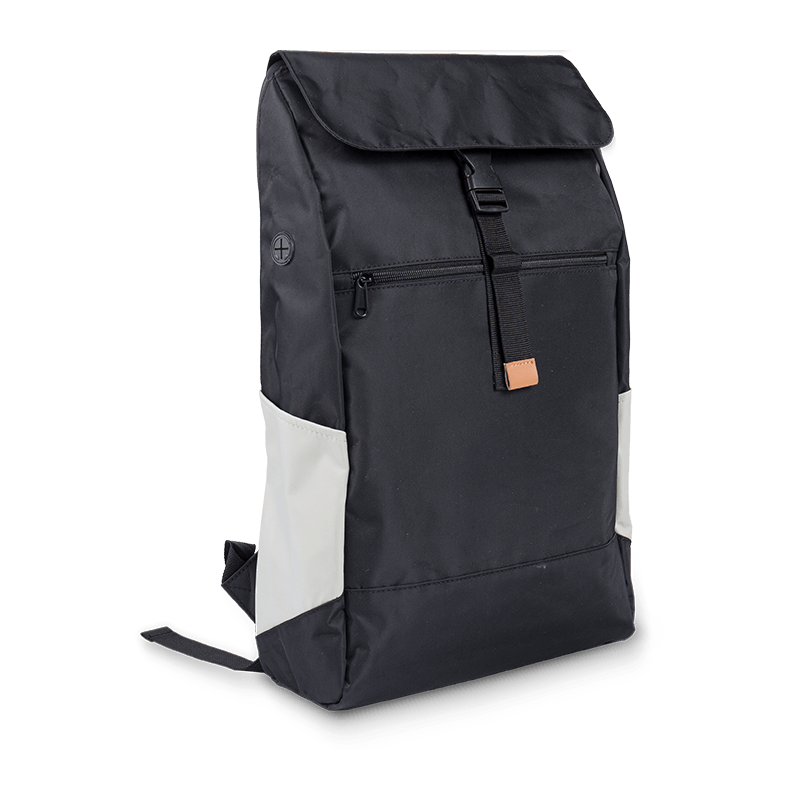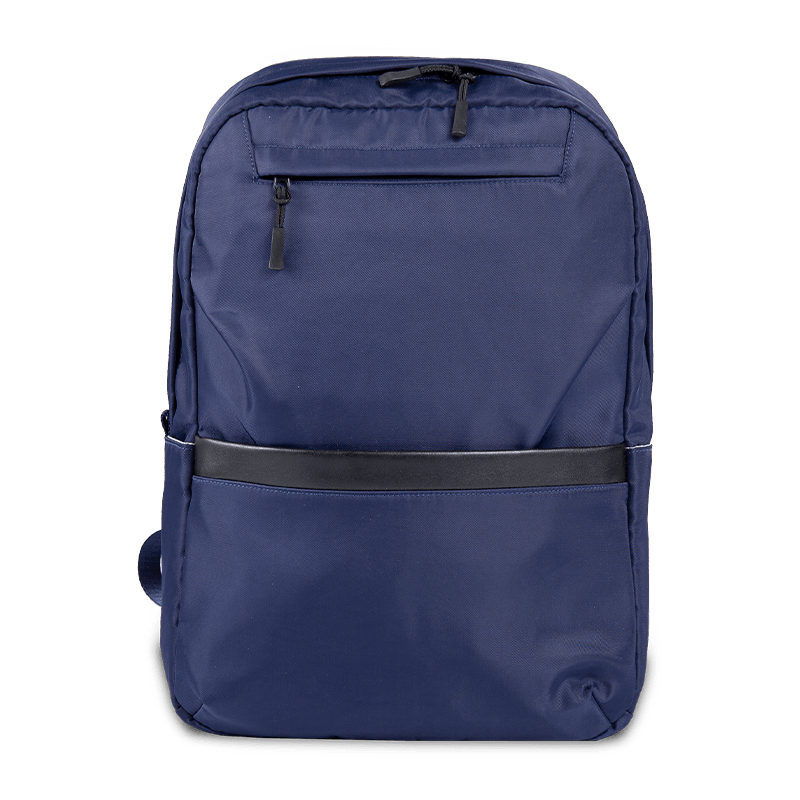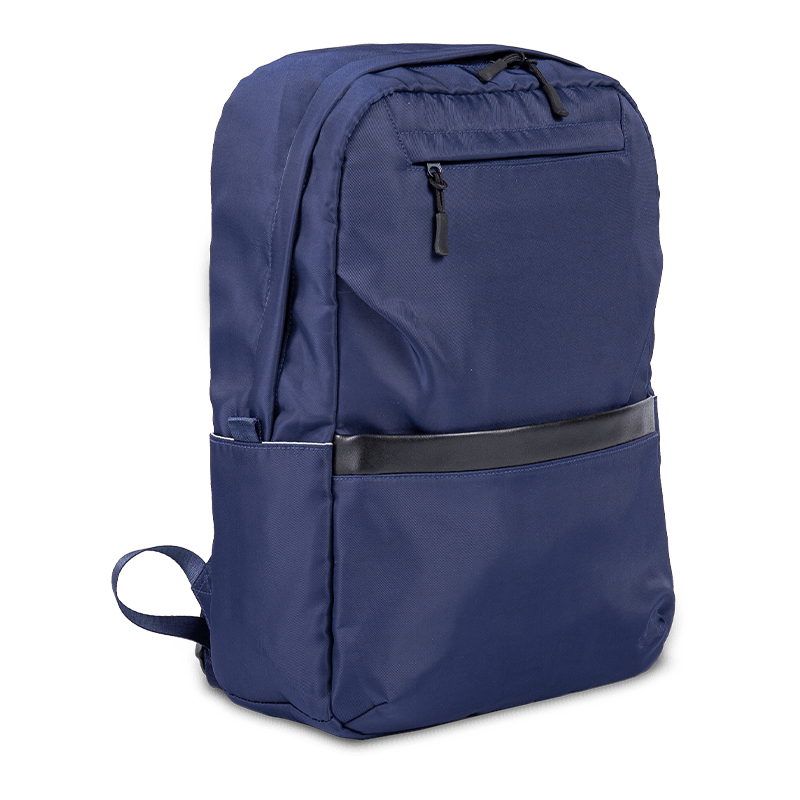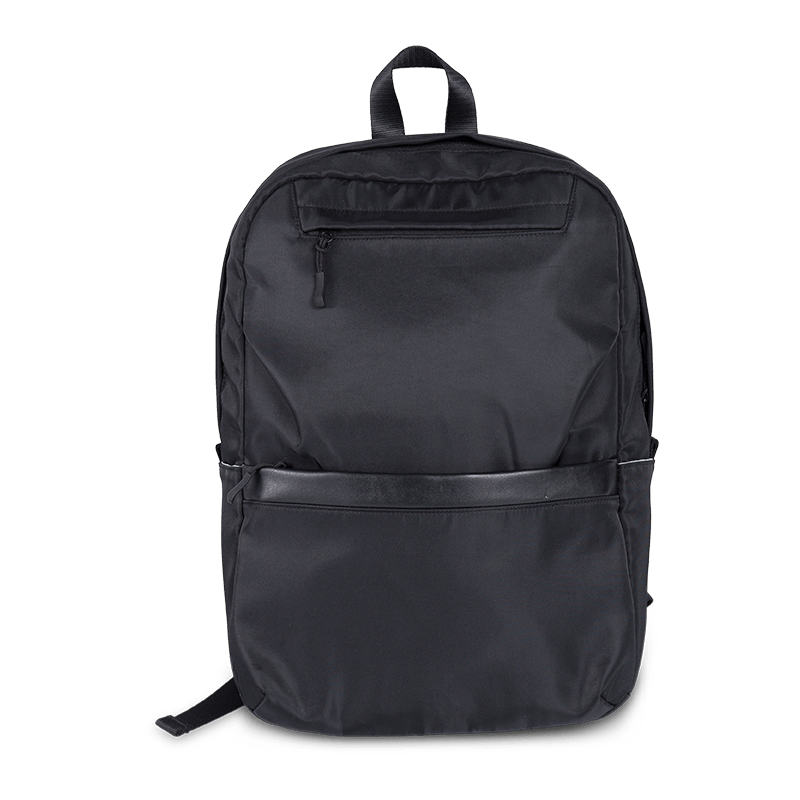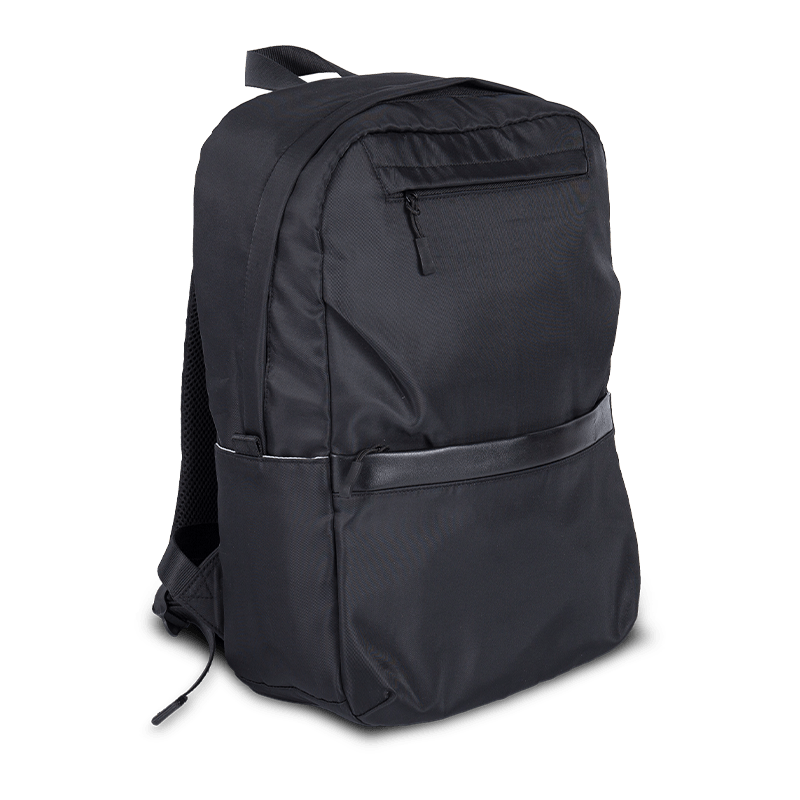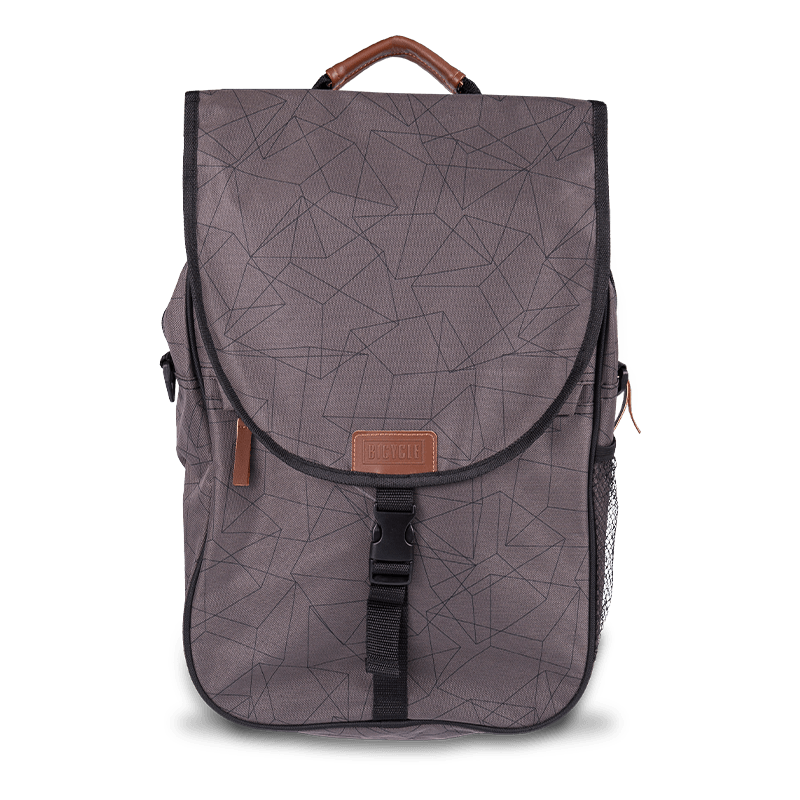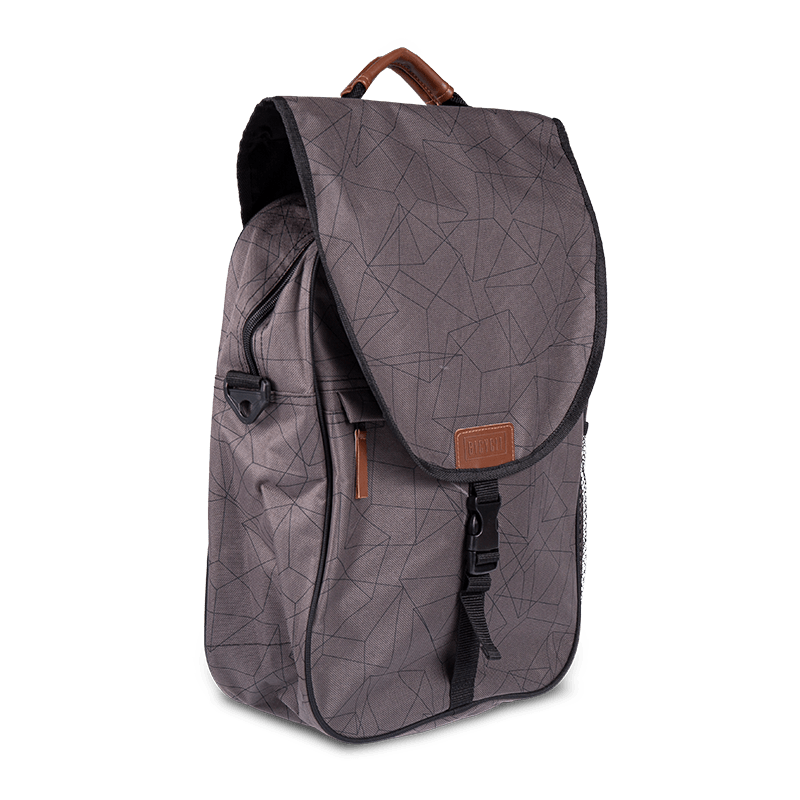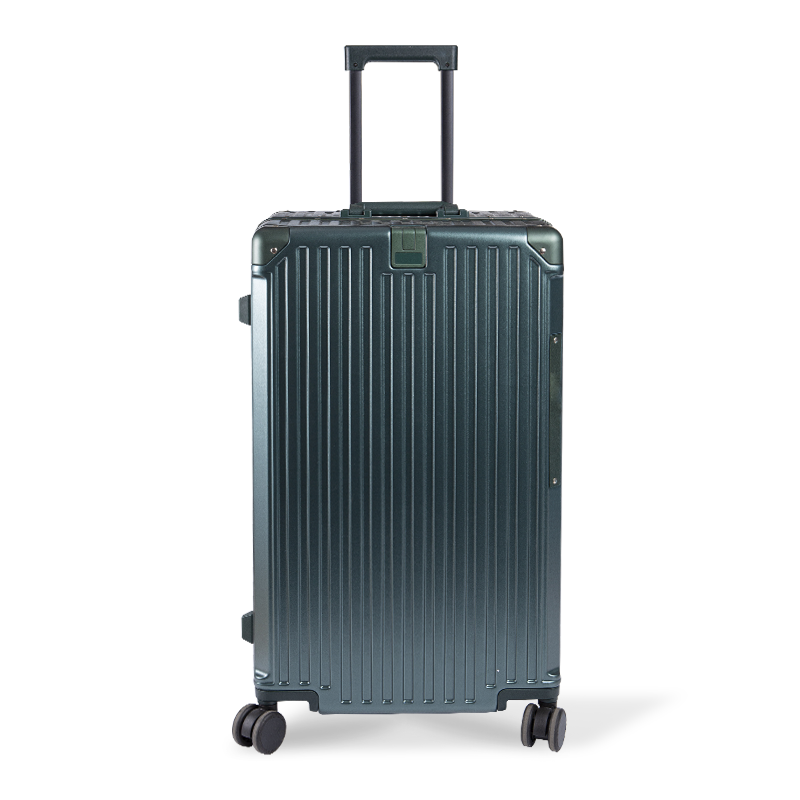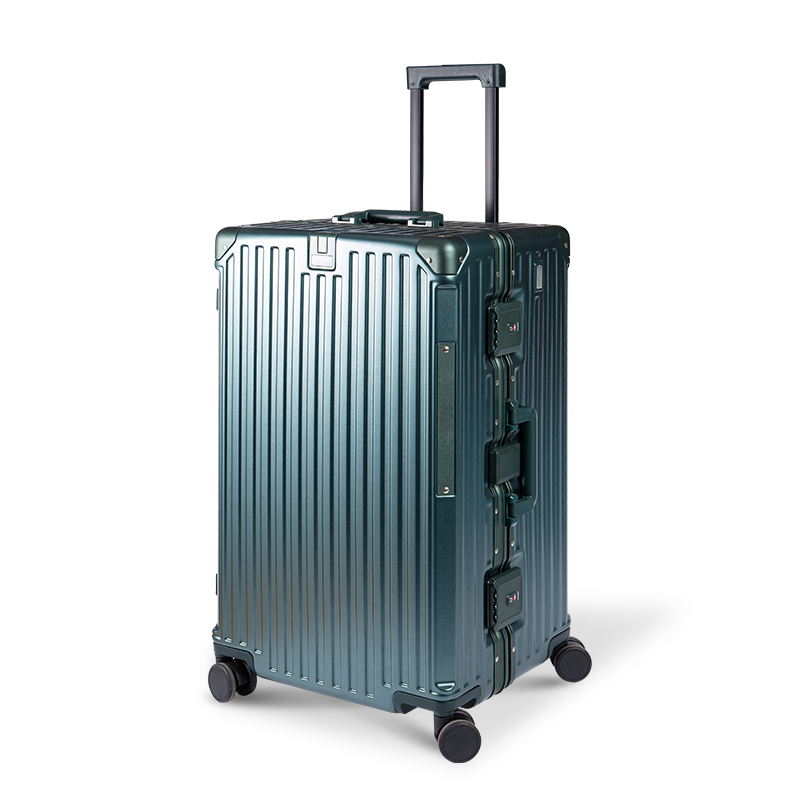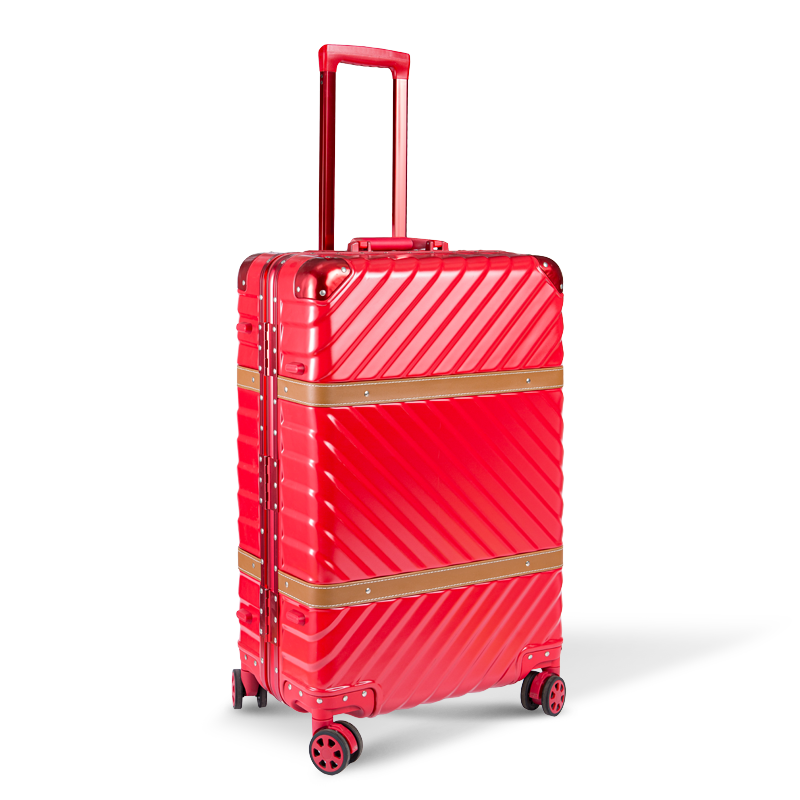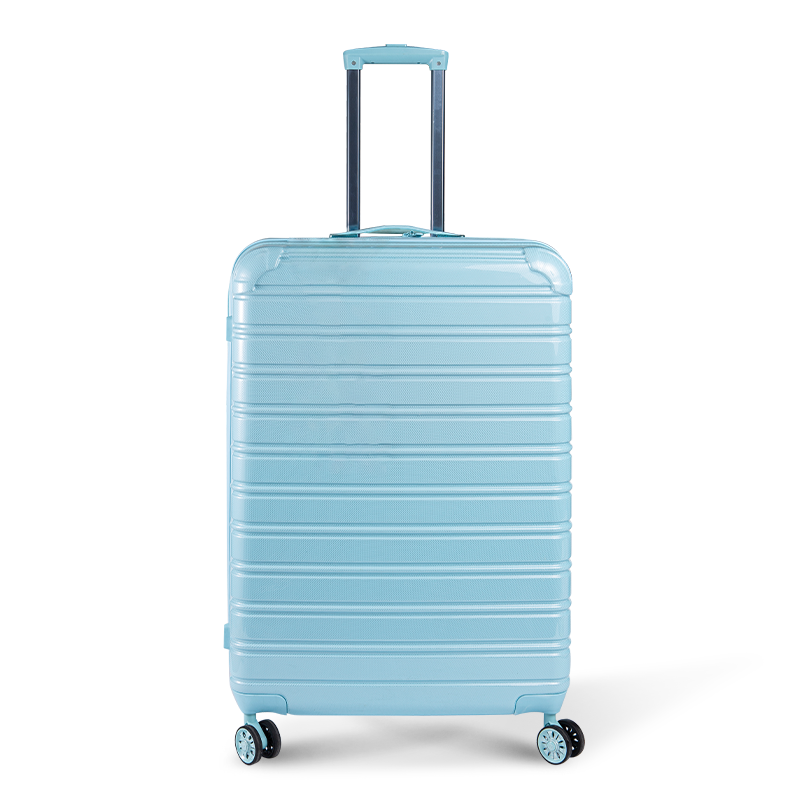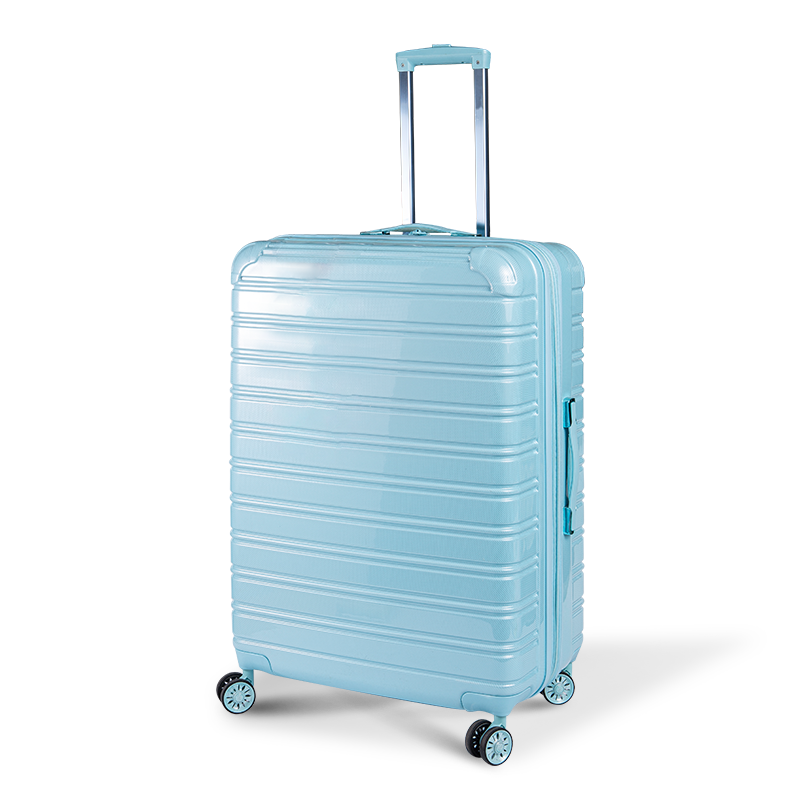Choosing the right school bag is more important than most parents and students realize. An improper backpack can lead to back pain, shoulder strain, and even long-term posture problems. This comprehensive guide covers everything you need to know about selecting the ideal school bag based on age, body type, carrying needs and budget - without compromising on quality or functionality.
Why Choosing the Right School Bag Matters
Studies show that over 60% of students experience backpack-related pain by high school. The right school bag should:
- Distribute weight evenly across the back
- Have adjustable, padded straps
- Fit the student's torso length
- Provide adequate organization
- Be made of durable, water-resistant material
Key Features to Look for in Quality School Bags
These essential features separate good school backpacks from bad ones:
| Feature | Why It's Important | Ideal Specifications |
| Ergonomic Design | Reduces strain on back and shoulders | Contoured back panel with airflow channels |
| Weight Distribution | Prevents muscle fatigue and pain | Padded waist and chest straps for load balancing |
| Durable Materials | Withstands daily wear and tear | 600D polyester or nylon with reinforced stitching |
| Water Resistance | Protects books and electronics | PU coating or waterproof zippers |
| Compartmentalization | Keeps items organized and accessible | Multiple pockets including laptop sleeve |
| Proper Size | Prevents overloading and poor fit | Shouldn't extend beyond shoulders or hips |
School Bag Recommendations by Age Group
Elementary School Bags (Ages 5-10)
Young children need smaller, lightweight backpacks with these features:
- Size: 12-16 inches height
- Capacity: 10-15 liters
- Weight: Under 1.5 lbs when empty
- Special Features: Wide opening, reflective strips, easy-grip zippers
Look for bags with fun designs that appeal to children while maintaining all functional requirements. Rolling backpacks aren't recommended as they encourage overpacking and are difficult on stairs.
Middle School Bags (Ages 11-14)
As books and supplies increase, sturdier bags become necessary:
- Size: 16-18 inches height
- Capacity: 20-25 liters
- Weight: 1.5-2.5 lbs when empty
- Special Features: Padded laptop sleeve, water bottle pockets, organizational panels
This is when proper ergonomic features become critical as students carry heavier loads between classes.
High School and College Bags (Ages 15+)
Older students need professional-looking bags with maximum functionality:
- Size: 17-20 inches height
- Capacity: 25-35 liters
- Weight: 2-3.5 lbs when empty
- Special Features: Dedicated tech organization, anti-theft pockets, premium materials
How to Properly Pack and Wear a School Bag
Even the best backpack can cause problems if worn incorrectly:
Packing Guidelines
- Heaviest items should be closest to the back
- Distribute weight evenly between compartments
- Use all available straps and compression features
- Total weight shouldn't exceed 10-15% of student's body weight
Wearing Guidelines
- Always use both shoulder straps
- Adjust straps so bag sits 2 inches above waist
- Tighten straps to prevent bouncing but allow free arm movement
- Use chest and waist straps for heavy loads
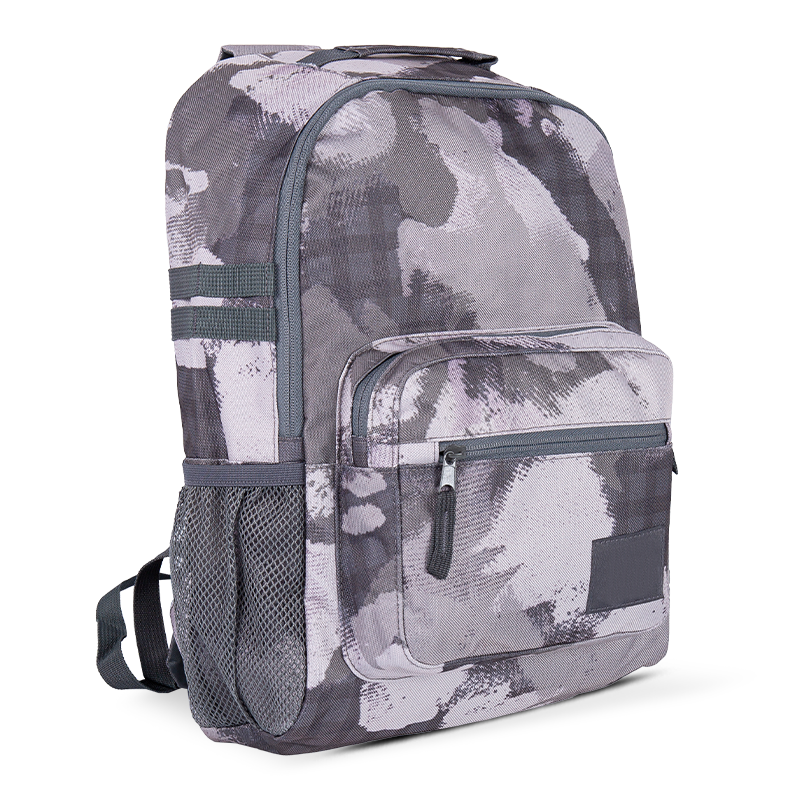
Materials and Construction: What Lasts
School bags undergo tremendous daily abuse. These materials hold up best:
Fabric Types
- Polyester: Most common, affordable and water-resistant
- Nylon: Stronger than polyester but less water-resistant
- Canvas: Durable but heavier and less weatherproof
- Leather: Premium look but requires maintenance
Construction Quality Indicators
- Double or triple stitching at stress points
- Bar tacking at strap connections
- YKK or other quality zippers
- Reinforced bottom panel
Specialty School Bag Options
Ergonomic Backpacks
Designed with input from physical therapists, these feature:
- Curved aluminum frames
- Advanced ventilation systems
- Patented weight distribution systems
- Often recommended for students with back problems
Eco-Friendly School Bags
Made from sustainable materials like:
- Recycled PET bottles
- Organic cotton
- Plant-based waterproofing
- Non-toxic dyes
Common School Bag Problems and Solutions
| Problem | Cause | Solution |
| Shoulder Pain | Improper weight distribution | Use waist strap, tighten shoulder straps |
| Broken Zippers | Overstuffing, low-quality components | Don't overfill, choose quality zippers |
| Worn Corners | Dragging, poor construction | Reinforce with patches, choose rubberized bottoms |
| Strap Detachment | Weak stitching | Look for bar-tacked straps |
| Musty Odors | Moisture buildup | Air dry regularly, use antimicrobial liners |
Seasonal School Bag Maintenance
Proper care extends backpack lifespan significantly:
Weekly Maintenance
- Empty all compartments
- Wipe interior with disinfecting wipes
- Check for loose threads or damaged zippers
- Air out for 2-3 hours
Seasonal Deep Cleaning
- Hand wash with mild detergent (check manufacturer instructions)
- Treat stains immediately
- Reapply waterproofing spray as needed
- Inspect and repair all stress points
School Bag Safety Considerations
Often overlooked aspects that impact student safety:
- Reflective Elements: Crucial for students walking in low light
- Emergency Information: Consider adding ID tag with contact info
- Hazardous Materials: Avoid bags with lead or phthalates
- Recalled Products: Check government safety recall lists annually
When to Replace a School Bag
Signs it's time for a new backpack:
- Visible tears or holes in fabric
- Multiple broken or stuck zippers
- Stretched out straps that won't stay adjusted
- Noticeable odor that won't wash out
- Student has outgrown the size
- Persistent back/shoulder pain when wearing
Budgeting for Quality School Bags
While price doesn't always equal quality, expect to invest:
- Elementary: $25-$50 for a quality bag
- Middle School: $40-$80
- High School/College: $60-$150
Higher-priced bags often last multiple school years, making cost-per-use favorable. Look for warranties - quality manufacturers often offer 1-5 year coverage.
Final Checklist Before Purchasing
Use this checklist when evaluating school bags:
- Proper size for student's torso
- Padded back panel and shoulder straps
- Adjustable straps (preferably with sternum strap)
- Multiple compartments for organization
- Quality zippers and sturdy construction
- Appropriate weight when empty
- Water-resistant or waterproof material
- Reflectivity for safety
- Comfortable when fully loaded
Conclusion
Selecting the right school bag requires careful consideration of age, body type, carrying needs and quality construction. An ergonomic, well-organized backpack that fits properly can prevent pain and injury while lasting through multiple school years. Remember that the most expensive option isn't necessarily the best - focus on proper fit, weight distribution and durable construction above all else. With proper selection, packing and maintenance, a quality school bag should provide comfort and functionality throughout the academic year.

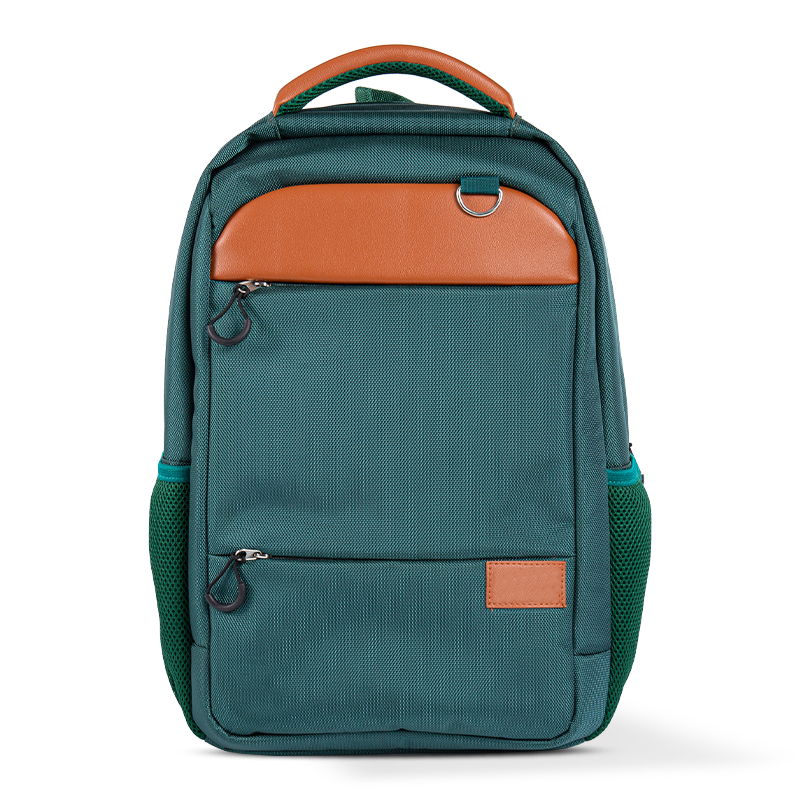

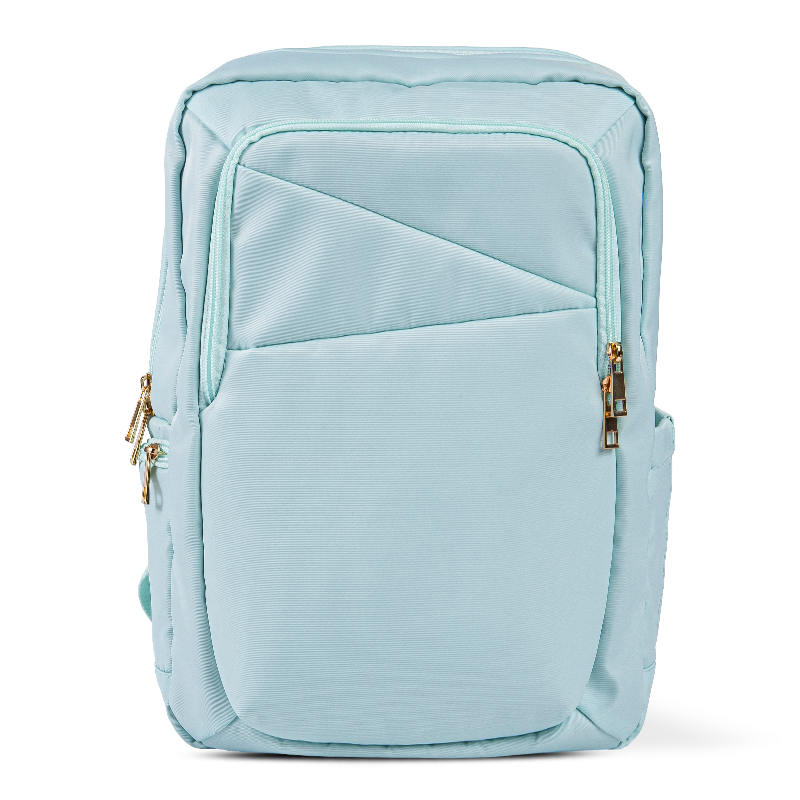
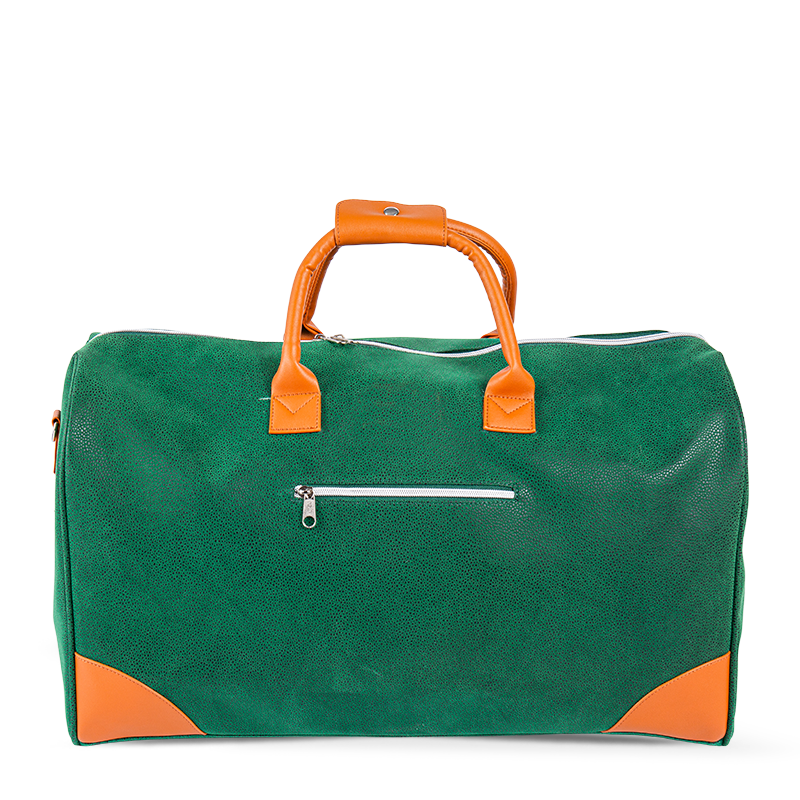
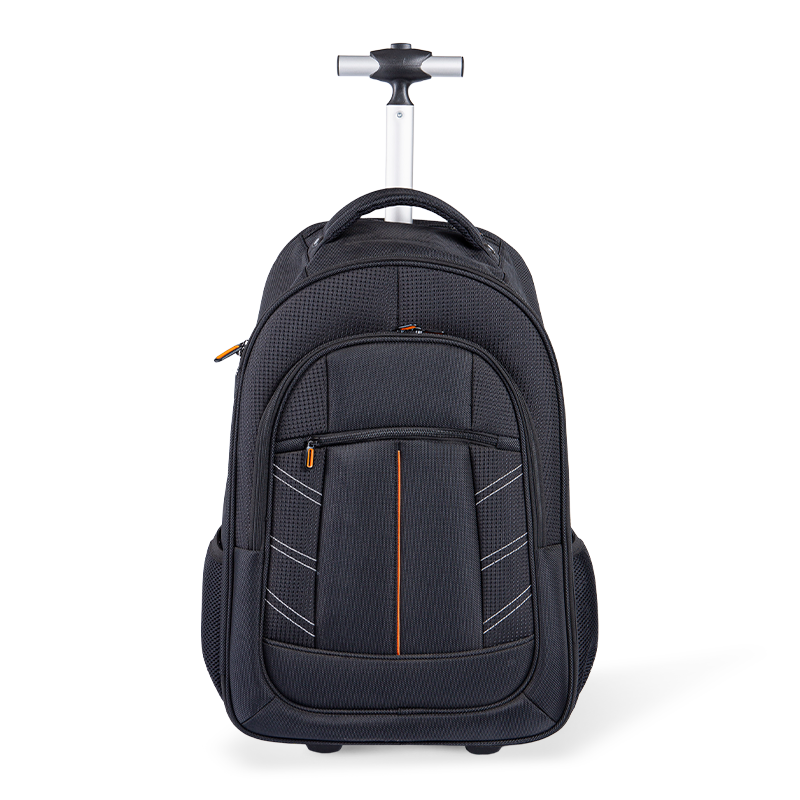

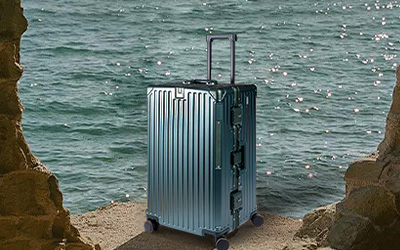
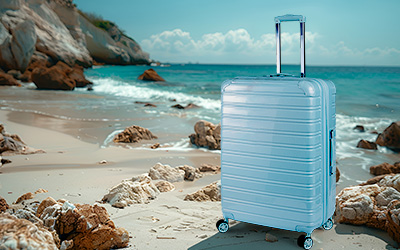
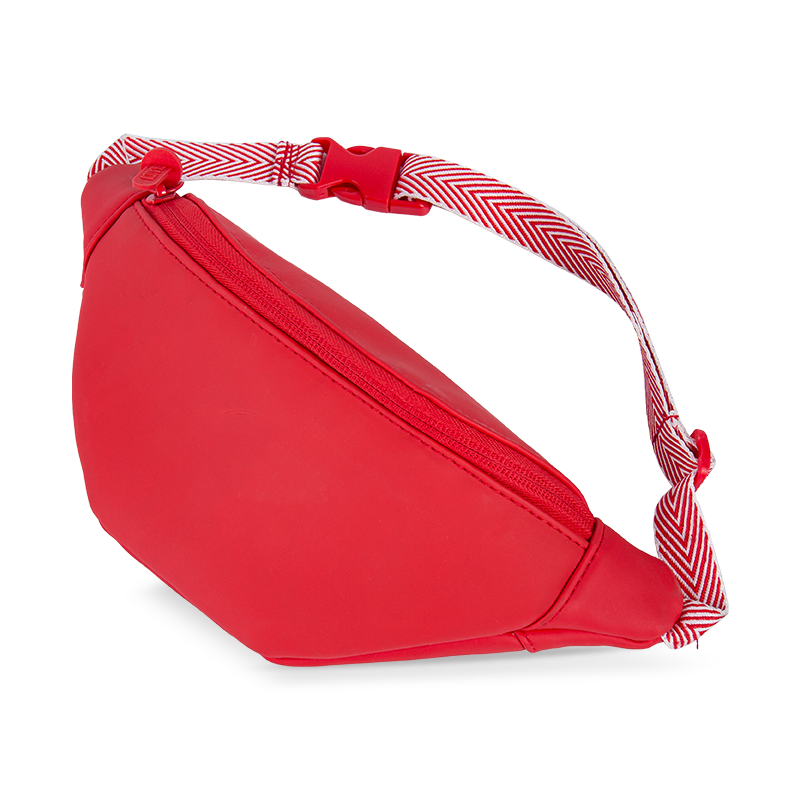
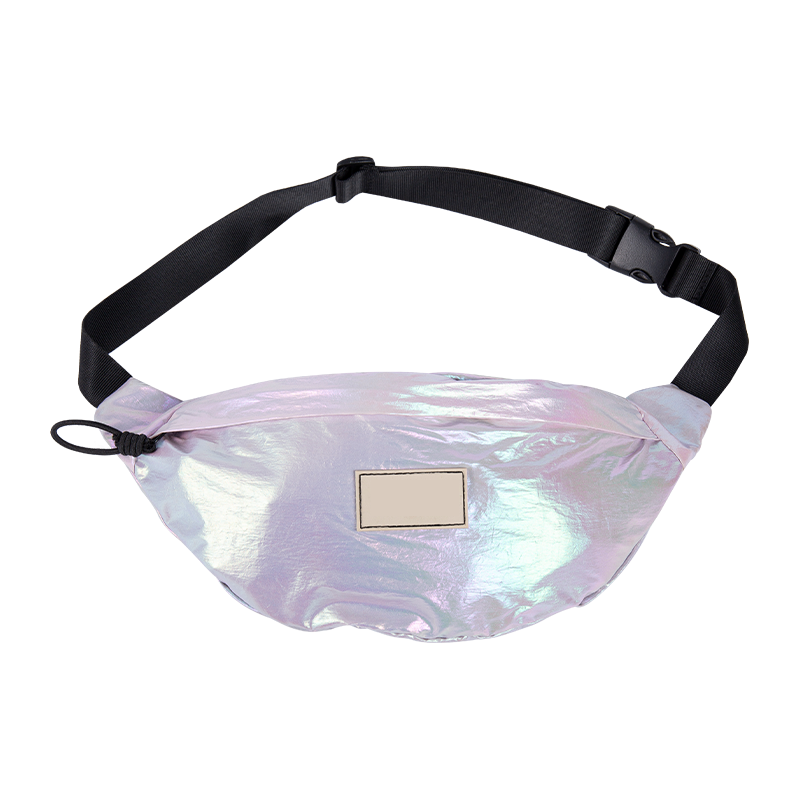
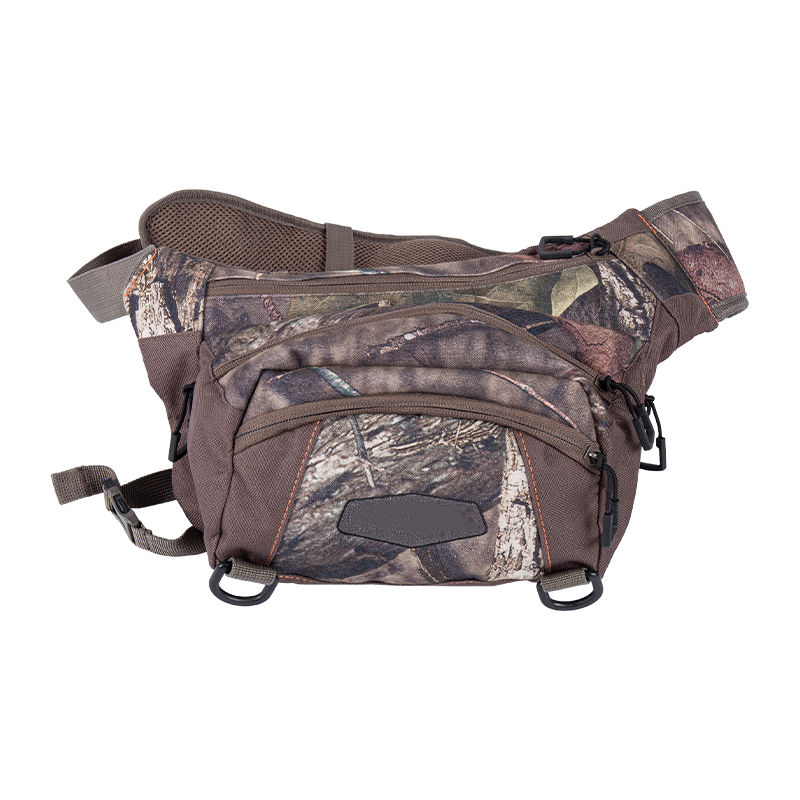



 English
English Español
Español عربى
عربى